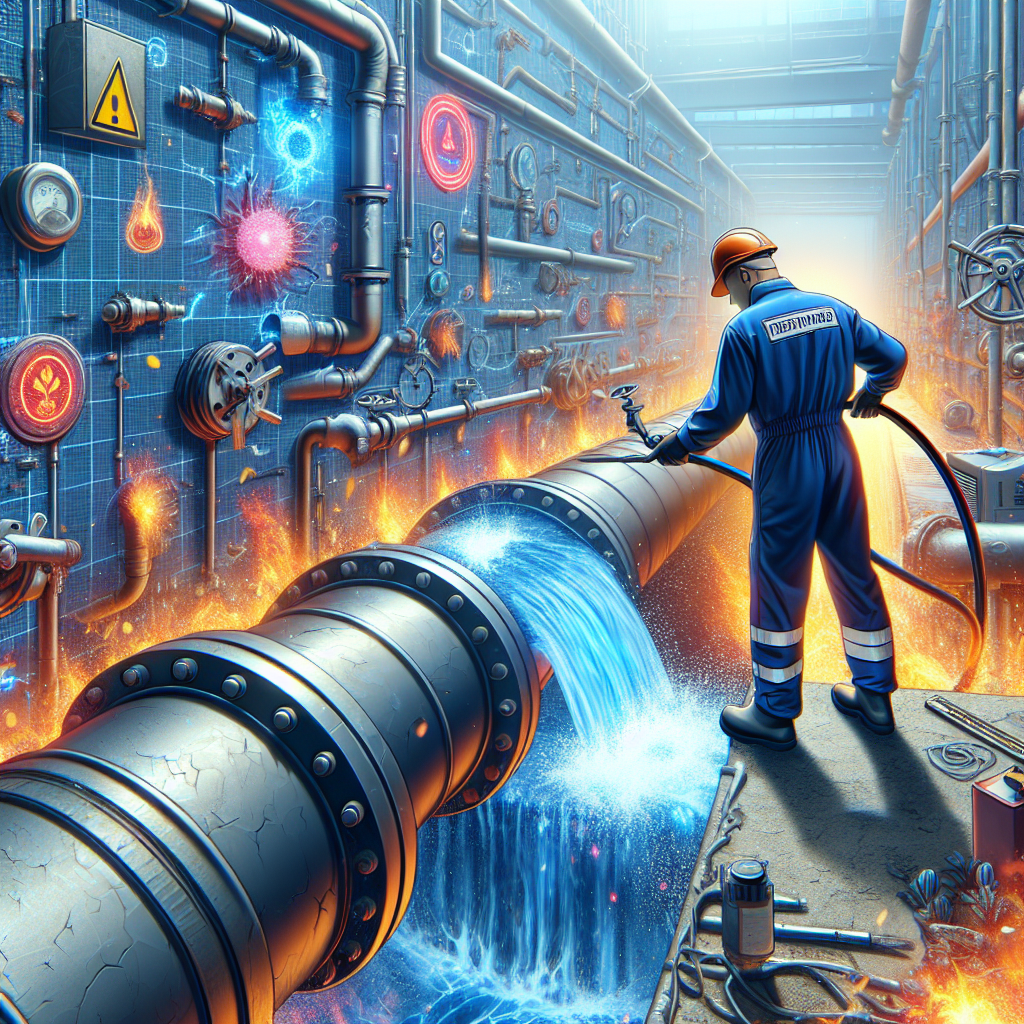Backflow incidents are often underestimated in their potential dangers. When the flow of water in plumbing systems reverses unexpectedly, it can lead to a mix of contaminated water entering clean water supplies. Understanding the real-life implications of backflow can help communities become more aware and proactive in preventing these hazards.
What is Backflow?
Backflow occurs when water flows in the opposite direction than intended, potentially carrying pollutants and contaminants into the clean water supply. This can result from various factors including a drop in water pressure, accidental cross-connections, or even a malfunctioning system. It’s crucial to recognize that backflow can have severe health implications, making it essential to address this issue head-on.
Real-Life Cases: A Wake-Up Call
Case Study 1: The School Incident
In 2019, a school in a suburban neighborhood experienced a notable backflow incident when a faulty irrigation system caused contaminated water to flow back into the school’s plumbing. Students and faculty began experiencing symptoms of gastrointestinal illness shortly afterward. Water testing revealed hazardous levels of bacteria, prompting the school to close down for extensive cleaning and safety checks. This incident underlined the need for rigorous testing and maintenance of plumbing systems.
Case Study 2: The Restaurant Outbreak
A popular restaurant in a metropolitan city faced serious repercussions when its backflow preventer failed. An unintentional cross-connection allowed sewage to enter the restaurant’s water supply, sickening dozens of patrons. This not only damaged the restaurant’s reputation but also led to extensive legal battles and financial losses. In the wake of this incident, many local eateries increased their plumbing inspections, raising awareness about the risks of backflow.
The Dangers of Backflow
Health Risks
The primary danger of backflow incidents is the significant health risks they pose. Contaminated water may contain a variety of pathogens, leading to outbreaks of diseases like E. coli, hepatitis A, and salmonella. In severe cases, exposure to contaminated water can result in hospitalization or even death, particularly for vulnerable populations such as children and the elderly.
Environmental Impact
In addition to health risks, backflow incidents can harm the environment. Pollutants entering local water systems can degrade waterways, harm aquatic life, and disrupt ecological balances. This highlights the need for rigorous environmental regulations and preventive measures.
Financial Consequences
The financial repercussions of backflow incidents can be catastrophic. From costly clean-ups and legal fees to lost business revenue, the economic impact can be staggering. Communities may face increased taxes or service fees as municipalities strive to improve and maintain infrastructure.
Prevention: Protecting Our Water Supply
Regular Inspections
Regular plumbing inspections and maintenance are essential in preventing backflow incidents. Homeowners and business owners should have their systems checked annually by licensed professionals to identify potential hazards.
Installation of Backflow Prevention Devices
Installing backflow prevention devices is a critical step in protecting clean water supplies. These devices ensure that water flows only in one direction, reducing the risk of contamination. Local plumbing codes often mandate their installation in specific circumstances, highlighting their importance.
Community Awareness Programs
Raising public awareness about the risks associated with backflow incidents can empower communities to act. Educational programs can provide valuable information about how to detect potential problems and the steps to take if one occurs.
Conclusion: A Collective Responsibility
Backflow incidents serve as a stark reminder of the importance of vigilance in maintaining our plumbing systems. By learning from real-life cases, we can better grasp the potential dangers and make informed choices for our families and communities. It’s not just about safeguarding ourselves; it’s about fostering a healthier environment for all. Take proactive measures in your home and encourage others to do the same. After all, protecting our water supply is a collective responsibility that we cannot afford to overlook.


